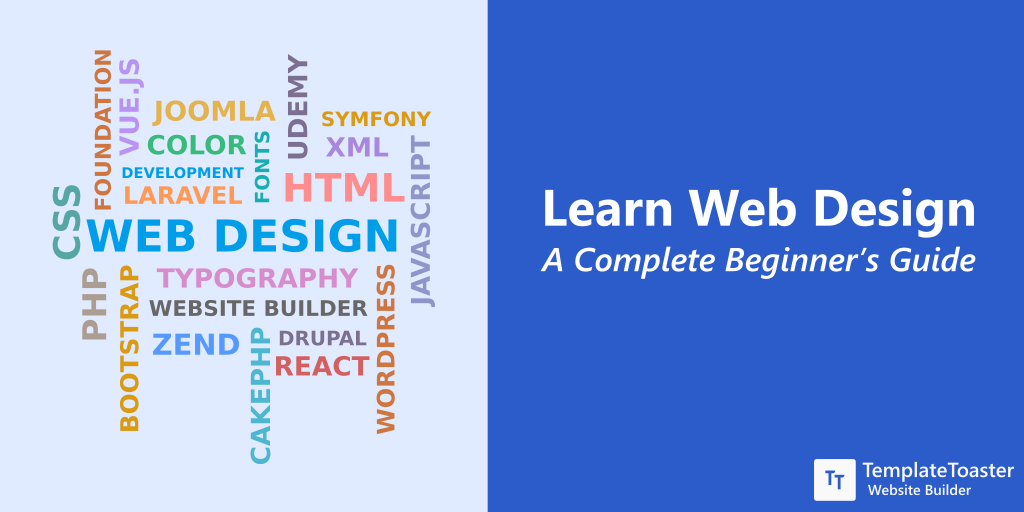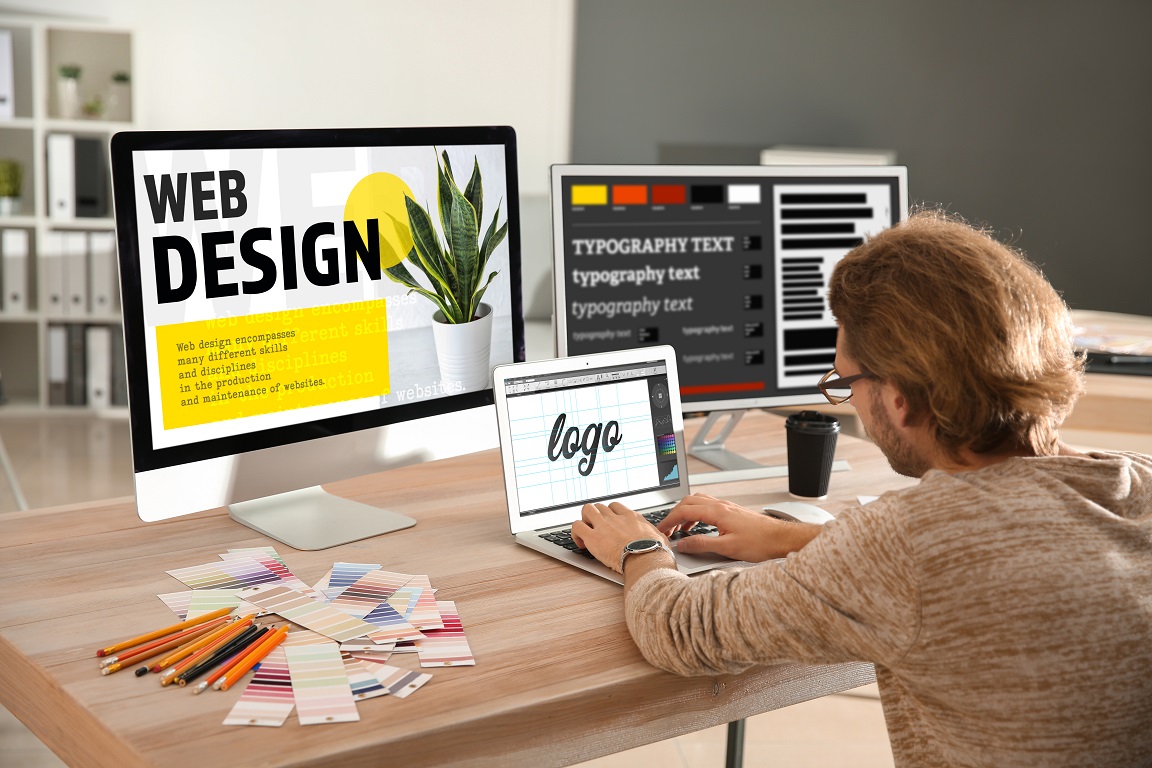Important Attributes That Define Quality Web Design Gauteng Services
Checking Out Various Sorts Of Web Layout to Enhance User Experience
In the ever-evolving digital landscape, the exploration of varied website design methods is extremely important for boosting customer experience. From receptive structures that adjust seamlessly across gadgets to minimal layouts that prioritize simpleness and quality, the options made in website design can greatly impact use and interaction. Integrating interactive elements more enriches the individual journey, making sites a lot more vibrant and engaging. Nevertheless, just how do these approaches collectively contribute to a user-centric electronic setting that not only astounds however additionally preserves users? The response may hinge on the nuanced equilibrium between visual allure and practical availability.
Responsive Web Design
In an age where electronic usage goes beyond multiple gadgets, receptive web style has ended up being a cornerstone of efficient individual experience. This flexibility not only boosts aesthetic allure but likewise boosts accessibility and navigating, essential for preserving user interaction.
The execution of RWD starts with a mobile-first strategy, prioritizing the smallest screen size to ensure capability and visual coherence. By using CSS media inquiries, developers can customize the internet site's appearance based on the attributes of each tool. This makes certain that photos range appropriately, text continues to be clear, and interactive components are easily available, thereby decreasing the requirement for extreme scrolling or resizing.
Additionally, responsive style adds to improved seo (SEARCH ENGINE OPTIMIZATION) by giving a regular customer experience and lowering bounce prices. Look engines prefer mobile-friendly sites, making responsiveness an indispensable part of electronic approach. Basically, responsive website design is important for accommodating diverse customer communications, promoting a appealing and inclusive online visibility.
Minimalist Style Approaches
Minimalist design's allure lies in its capacity to boil down complex details right into its most vital components, developing a instinctive and clean user experience. By prioritizing simpleness, minimal style eliminates additional details, permitting individuals to focus on core web content and performance. This approach is identified by enough white area, tidy lines, and a restricted color combination, all of which add to a cosmetically pleasing and effective user interface.

Moreover, minimalist design supports much faster packing times, as fewer graphical elements and minimized material complexity can decrease the quantity of information needed to render a webpage. This performance not just improves customer satisfaction yet likewise adds to better seo (SEARCH ENGINE OPTIMIZATION) positions. As a result, minimal style is not merely a stylistic selection however a calculated approach that can considerably impact customer involvement and conversion rates.
Interactive and Dynamic Aspects
Dynamic and interactive components are pivotal in improving customer interaction and developing unforgettable web experiences. These components include computer animations, hover effects, sliders, and real-time updates, which not only capture individuals' attention however additionally assist in smooth navigation. By incorporating these functions, developers can transform fixed web pages into interesting digital atmospheres that urge interaction and expedition.
Animations, for circumstances, can direct users with facility information without overwhelming them, while hover impacts give immediate responses, improving the user's understanding of clickable locations. Web Design Gauteng. Furthermore, sliders permit customers to see material at their very own pace, and real-time updates make sure that details presented is current and appropriate, maintaining the user's rate of interest

User-Centric Layout Strategies
A keystone of efficient web layout is the application of user-centric design approaches, which focus on the demands and preferences of the end user over all else. By focusing on the customer, designers can create intuitive, accessible, and interesting experiences that enhance satisfaction and drive communication.
One essential strategy is functionality screening, which involves observing actual users as they connect with the style. This procedure determines pain factors and locations for enhancement, allowing developers to refine the user interface iteratively. Incorporating responses loops and agile techniques even more ensures the style evolves in positioning with user expectations.
Additionally, accessibility is a critical element of user-centric layout. Ensuring that digital systems come to all users, including those with specials needs, boosts inclusivity and broadens the potential customer base. This can be attained through compliance with Internet Web content Accessibility Guidelines (WCAG) and the thoughtful application of style concepts like readability, navigating, and comparison.
Ultimately, successful user-centric design promotes a smooth link in between the customer and the electronic setting, raising total user experience.
Applying Newest Style Patterns
In the world of web layout, remaining abreast of the newest design fads is necessary for developing useful and visually engaging interfaces that astound customers. Minimalist style, characterized by clean lines and adequate white room, allows users to concentrate on material without unnecessary distractions.

Furthermore, incorporating the current typography trends, such as variable fonts, supplies adaptability and versatility across different gadgets and display sizes, ensuring uniformity in customer experience. Lastly, dark mode designs have actually obtained appeal due to their visual charm and energy efficiency on OLED displays. By strategically carrying out these trends, web developers can produce easy to use and innovative internet sites that reverberate with contemporary target markets.
Conclusion
A comprehensive expedition of various website design techniques is necessary for enhancing customer experience. By integrating receptive design, minimal approaches, and interactive elements, internet sites can make sure optimum functionality and visual appeal throughout varied gadgets. Highlighting user-centric strategies assurances availability and involvement, while integrating the current design patterns fosters an exciting Full Report on the internet atmosphere. Eventually, a informed and balanced method to website design dramatically enhances individual satisfaction and interaction, causing boosted overall site efficiency and success. visit site
In the ever-evolving electronic landscape, the expedition of varied internet style methods is vital for boosting customer experience.A foundation of reliable internet style is the application of user-centric style methods, which prioritize the requirements and preferences of the end individual above all else. Making sure that digital platforms are available to all users, consisting of those with handicaps, boosts inclusivity and widens the possible customer base.In the realm of web layout, remaining abreast of the most current style trends is important for creating visually compelling and functional user interfaces that astound individuals (Web Design Gauteng).An extensive exploration of numerous web layout techniques is necessary for improving user experience